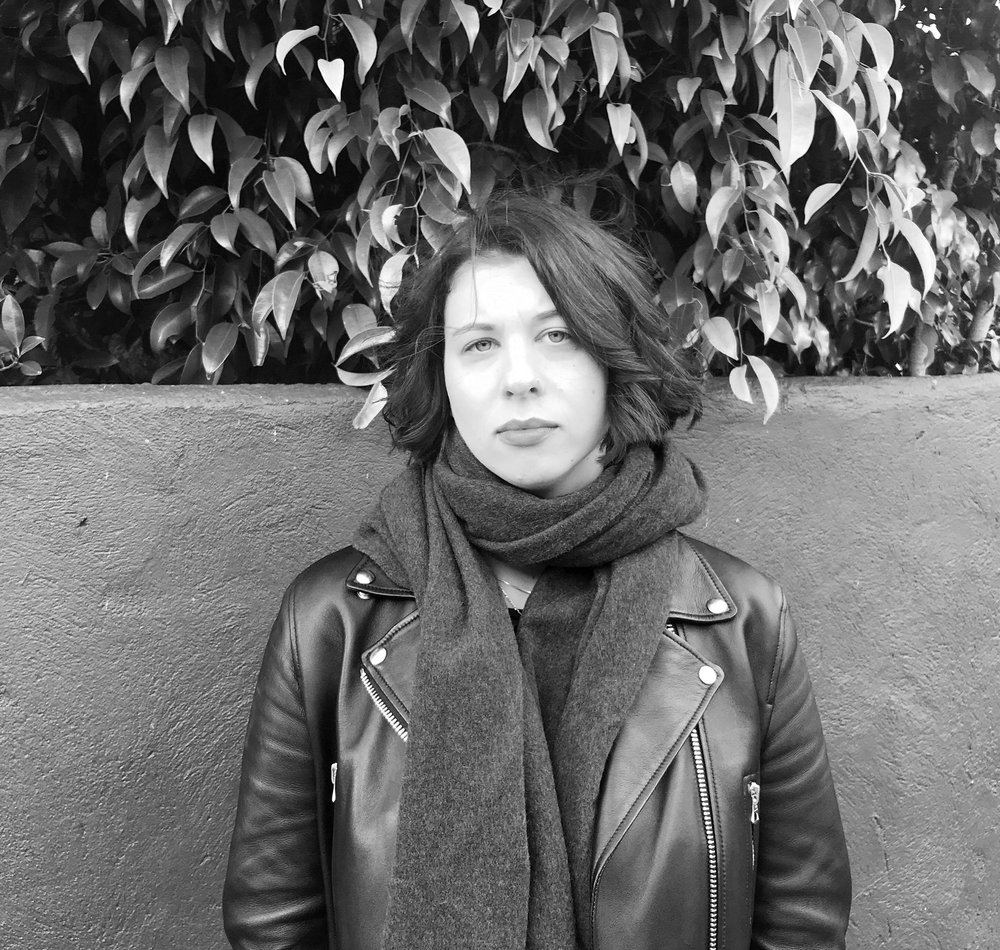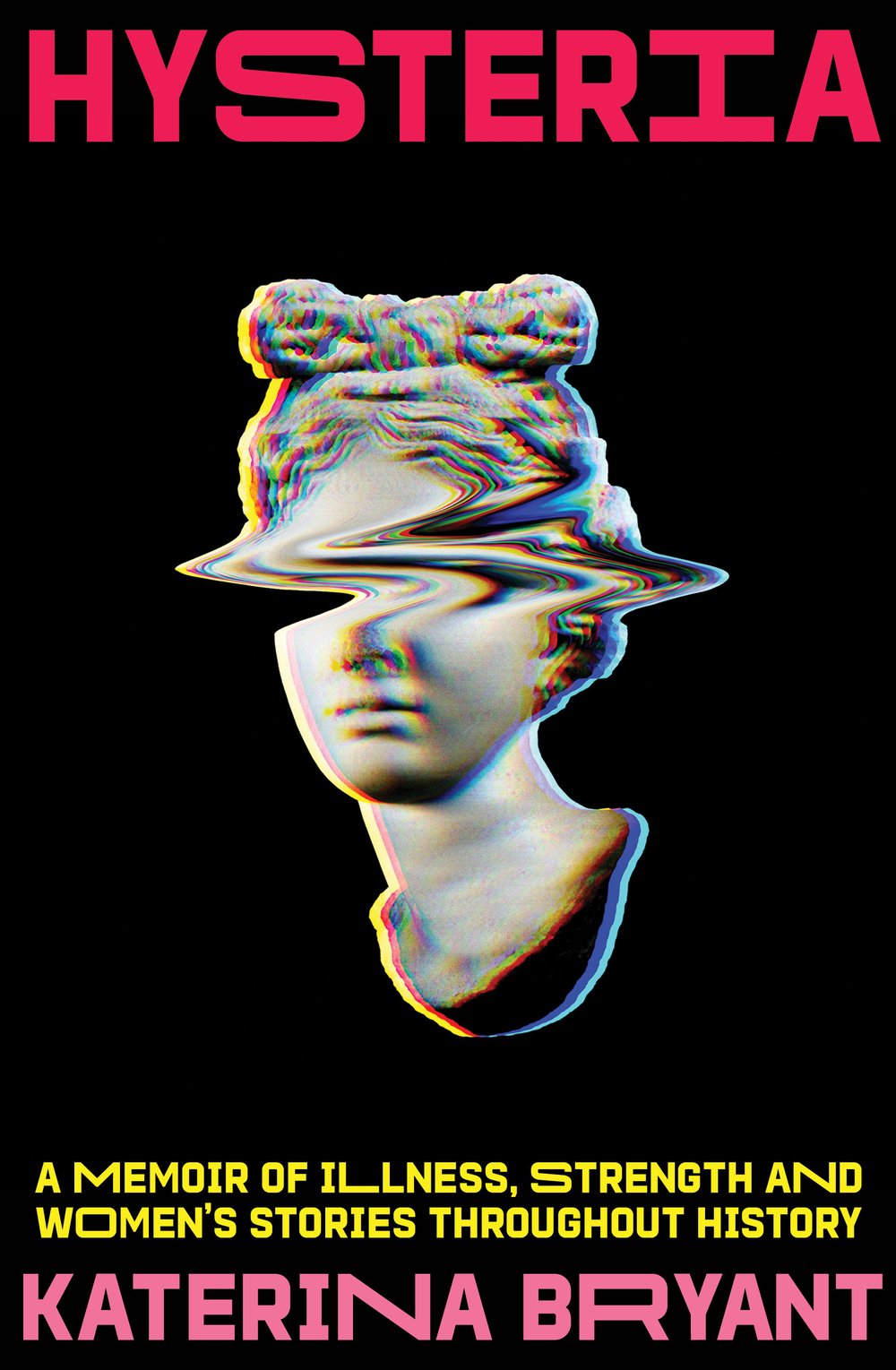Hysteria is a twisted snake of a word. It’s dated but used today. It’s gendered; it’s offensive. But in a way, it describes me.
I came to write a book about Hysteria not by choice, but necessity. I was ill and I didn’t know why. Neither did the people who I sought help from. Sitting in my GP’s waiting rooms then my psychiatrist’s waiting room then my psychologist’s waiting room, I was tired and on edge. I was searching for answers and, unexpectedly, I found them in an approach that placed the medical and historical side by side.
As I was undergoing tests, I was researching. This has always been my way – learnt from Mum who not just Googles symptoms but searches medical journals too. I was looking at psychiatry journals and neurological studies and Freud and while all of these allowed me to build an understanding of what I was eventually diagnosed with – non epileptic seizures, once thought of as ‘hysteria’ – it was the women who had been diagnosed similarly in history who helped me the most.
Blanche Wittman was once known as the ‘Queen of Hysterics’. She was not born as Blanche, but Marie. She entered the Salpêtrière Hospital at eighteen years old and died there years later, aged fifty-four. She was neurologist Jean Charcot’s best-known patient, famously depicted in André Brouillet’s 1887 painting of the Tuesday sessions where she is falling back into the arms of a nearby doctor. The doctor, like the men who crowd the room, is suited while Blanche’s dress slips off her left shoulder. I’ve looked at this image countless times, my eyes focusing on the twist of Blanche’s wrist (a symptom Charcot wrote about). I often think about who Blanche was outside of this painting.
Blanche’s early life was hard and after Charcot’s death, she chose to stay at the Salpêtrière and work. She worked as a technician at radiologist Dr Charles Infroit laboratory and as a result of her work, she died of radiation poisoning. There is so much lost of Blanche’s life between entering the Salpêtrière and her death. Yet I catch glimpses of her in the records. Shortly before her death, she says about the Tuesday sessions and the accusations that she feigned her symptoms at Charcot’s direction, ‘If we were put to sleep, if we had fits, it was because it was impossible for us to do otherwise. Besides, it’s not as though it was pleasant!’ I see the fire in her words. In her. I hold on to this piece of strength and resistance; it makes me feel as though I can have this fire, too.
Unlike the other women I’ve found myself gravitating towards, Edith was not a patient. She was a psychoanalyst who wrote about the experience of depersonalisation. Her research discussed the women she was imprisoned with in a Nazi jail near her hometown of Haynau. Edith herself was punished for being a Jewish woman and Marxist – but despite being imprisoned, she continued to write her papers.
I see Edith as a woman who was determined and fiercely loyal to her values. I find her work as I’m trying to understand my own dissociative experiences – a symptom of my non epileptic seizures. Wanting to learn more, I find boxes of her work sit at the Library of Congress in Washington DC. One of the items listed are poems. I email the library; it’s a long shot but the next morning scans arrive in my inbox. I see images of the backs of envelopes, poems scrawled. Typed poems edited with bleeding ink. I read Edith’s poems, some in German, some English, and try to get a sense of her. I try to see beneath the tenderness of her words to understand who she was, what her life was like outside of the articles I read about her.
I find it’s always this grasping when I’m researching women around my illness. But when I find these details – Edith’s poetry, Blanche’s quote – I feel understood in a way that I cannot find in the medical narratives around illness. I feel a part of a community that exists not just in the present but extends back to when the term Hysteria was first used by the Ancient Greeks and Egyptians.
Katerina Bryant's book Hysteria: A memoir of illness, strength and women's stories throughout history will be published by NewSouth in September 2020.



